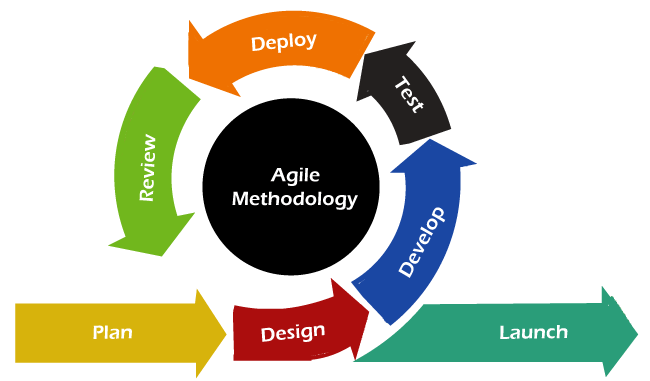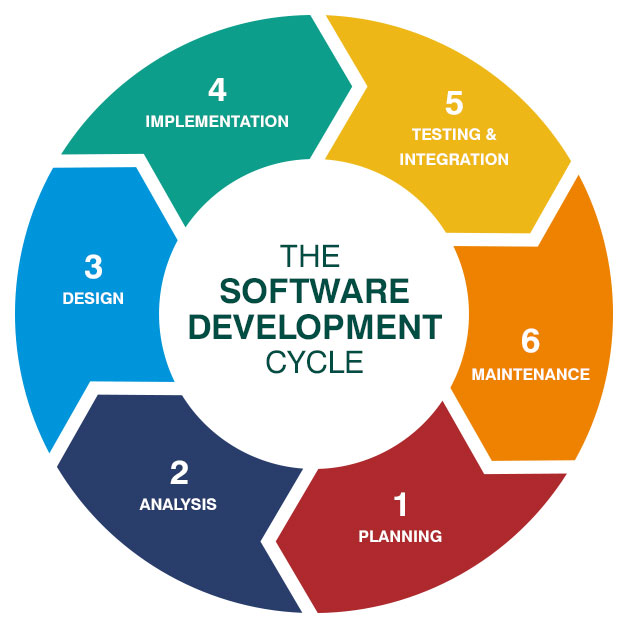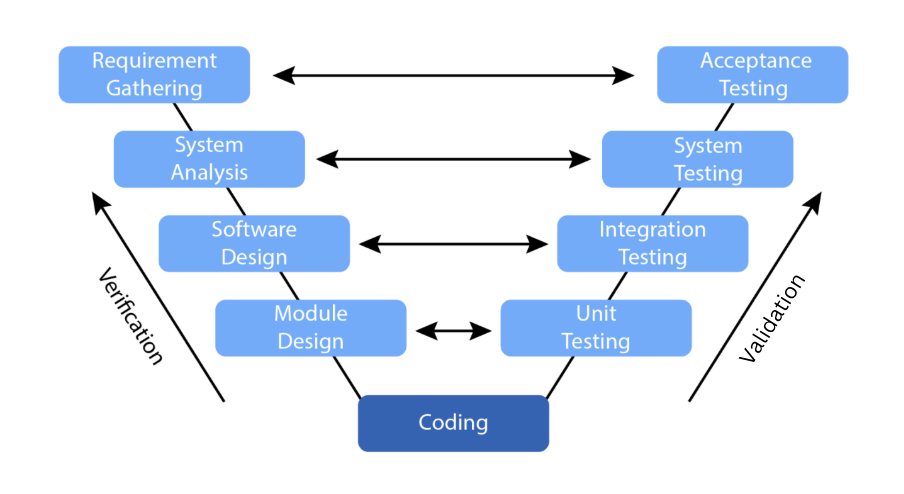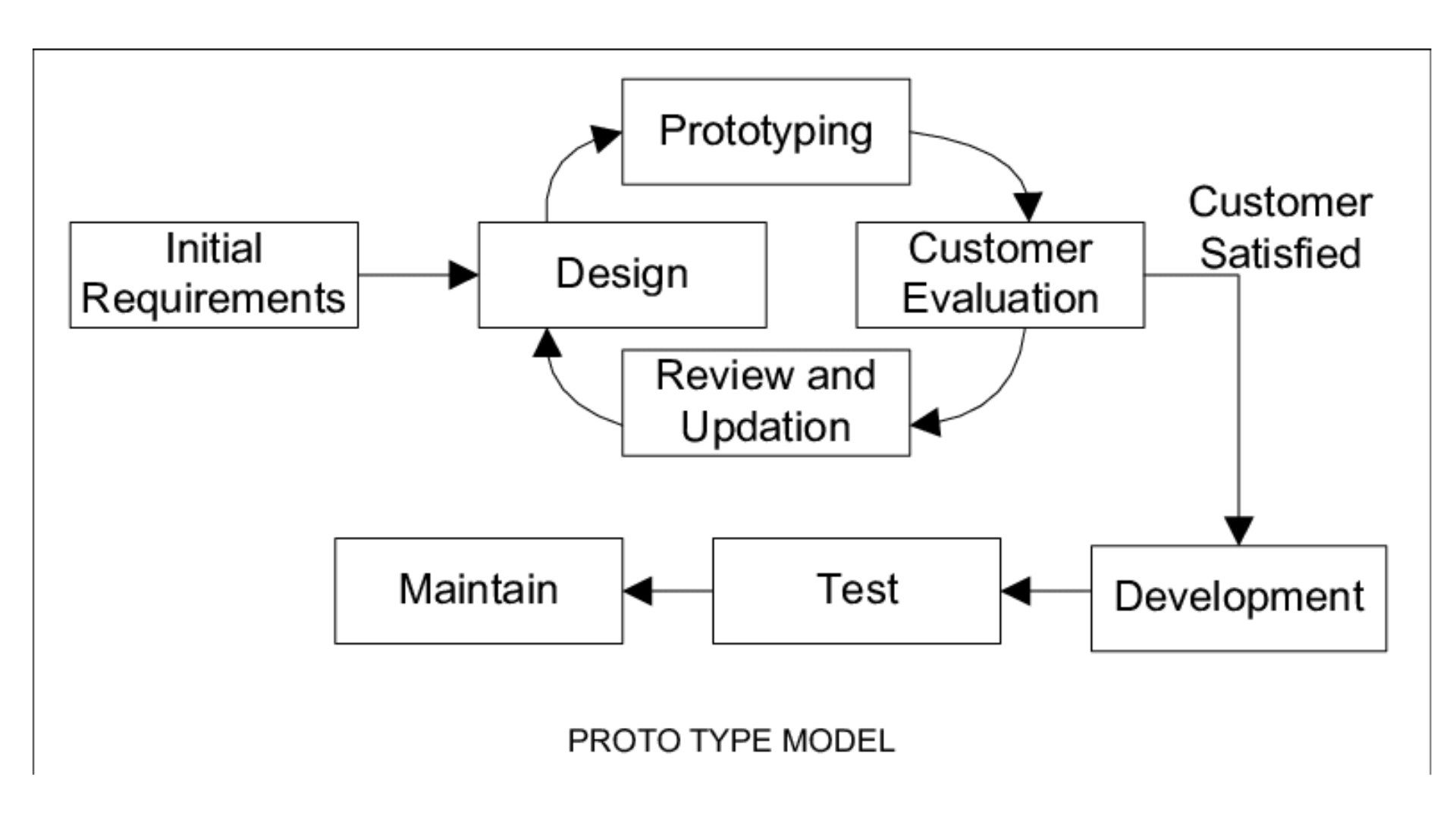What is SDLC??
Intro - Software Development Life Cycle
The Software Development Life Cycle (SDLC) is a structured, systematic process that guides software development projects from their inception to completion, including design, development, testing, deployment, and ongoing maintenance. It acts as a methodology or framework that defines the entire procedure step-by-step to ensure efficient project execution, reduced errors, and consistent delivery of high-quality, maintainable software that meets user requirements within a given timeframe and budget.
The SDLC provides a clear framework for planning, building, and maintaining software, ensuring that development is organized and executed effectively. It’s a fundamental concept in software engineering, applying engineering principles and computer programming expertise to develop software systems that meet user needs.
Purpose & Importance of SDLC
Adhering to the SDLC is crucial for several reasons:
• Quality and Reliability: It ensures the final product is functional, reliable, scalable, and aligned with user needs.
• Efficiency and Productivity: It combines development principles, engineering practices, tools, and methodologies to streamline processes, automate tasks, and improve overall team productivity.
• Risk Mitigation: Each phase includes steps to identify and address potential risks early, reducing the chances of costly errors, delays, or failures. Detecting and correcting errors early is significantly less expensive than fixing them later in the life cycle.
• Maintainability and Scalability: A strong foundation in SDLC principles ensures long-term sustainability, making the software easier to maintain, adapt, and scale as requirements evolve.
• Collaboration and Predictability: It improves collaboration among teams, provides a framework for everyone to stay aligned, and enhances project predictability.
• Cost Control: By optimizing resources and reducing errors, SDLC helps deliver products within budget and reduces technical debt.
Key Stages of the SDLC
While the number and names of phases can vary, the SDLC typically involves a series of systematic stages:
Planning and Requirement Analysis (Conceptualization): This foundational phase involves understanding the client or end-user needs, gathering functional and non-functional requirements, and defining clear project goals. It assesses the technical, financial, operational, and legal viability of the project through feasibility studies and risk analysis. Detailed Software Requirement Specification (SRS) documents are produced, forming the blueprint for the entire project.
System Design: Requirements are translated into a comprehensive blueprint for the software. Software design principles play a crucial role here, shaping the architecture, data flow, module interactions, and user interface/user experience (UI/UX) design. This stage often results in a Design Document Specification (DDS).
Implementation (Coding/Construction): Developers write clean, efficient, and maintainable code, bringing the design to life. This phase is guided by software engineering principles like DRY, KISS, and SOLID, and involves using programming tools such as compilers, interpreters, and debuggers.
Testing: Various types of software testing—including unit, integration, system, and user acceptance tests—are conducted to ensure everything works as intended, identify bugs, and verify performance. Continuous validation is emphasized to detect and correct problems early.
Deployment: The software is launched into the production environment, which can be a one-time release or continuous (CI/CD). This may include a beta-testing phase with select users and training for end-users.
Maintenance & Updates: This final, ongoing phase involves regular updates, patches, performance monitoring, and addressing user issues. A strong foundation in engineering principles ensures easier scalability and adaptability during this stage. Fixing and enhancements typically involve returning to earlier phases.
Decommission (Retirement): When the system reaches its end-of-life, it is removed from use.
SDLC Models
The Software Development Life Cycle (SDLC) is guided by various models, each offering a structured framework for planning, executing, and delivering software projects. These models define the sequence of development stages, such as requirements gathering, design, coding, testing, and deployment. While the SDLC itself describes the typical phases from inception to retirement, these models prescribe how engineers approach the work within those phases.
Here are some of the common SDLC models and their characteristics:
1. Waterfall Model
The Waterfall model is a linear, sequential approach to software development. In this model, each phase must be completed before the next one begins, operating under the assumption that there are no errors in the preceding phase. It is often associated with traditional, design-heavy methodologies where the design is finalized before coding starts.
• Characteristics: It is straightforward and easy to manage, making it ideal for smaller projects with well-defined requirements and minimal client involvement. This model emphasizes thorough documentation at each stage, such as the Software Requirements Specification (SRS) and Design Document Specification (DDS).
• Drawbacks: Its inflexibility makes it challenging to adapt to changes or nuanced tasks. Problems detected in later phases, particularly during code and test or even operations, are significantly more expensive and time-consuming to correct than if they were found earlier.
2. Agile Model
 The Agile methodology adopts a flexible, iterative approach to software development. It prioritizes collaboration, adaptability, and continuous customer feedback, with development occurring in short, incremental cycles known as “sprints”.
The Agile methodology adopts a flexible, iterative approach to software development. It prioritizes collaboration, adaptability, and continuous customer feedback, with development occurring in short, incremental cycles known as “sprints”.
• Characteristics: This framework fosters continuous evaluation, allowing for easy changes in direction. Agile processes are designed to welcome changing requirements, even late in development, to harness change for the customer’s competitive advantage. Working software is considered the primary measure of progress, and delivery is frequent (from a couple of weeks to a couple of months). It is ideal for large, complex projects that require frequent changes and close collaboration with multiple stakeholders.
• Key Principles (from the Agile Manifesto): Satisfy the customer through early and continuous delivery of valuable software; welcome changing requirements; deliver working software frequently; business people and developers must work together daily; build projects around motivated individuals; face-to-face conversation is the most efficient communication; working software is the primary measure of progress; promote sustainable development; continuous attention to technical excellence and good design enhances agility; simplicity is essential; the best architectures, requirements, and designs emerge from self-organizing teams; and at regular intervals, the team reflects on how to become more effective.
• Frameworks: Scrum and Kanban are common frameworks used within the Agile model to outline workflows and manage tasks.
• Drawbacks: Agile requires careful communication management , especially in larger teams, to ensure consistent messaging and coordination.
3. Iterative Model
 The Iterative model divides a project into small, manageable parts or iterations. Each iteration produces a working version of the software, which is then tested and refined based on feedback until the final product meets all requirements.
The Iterative model divides a project into small, manageable parts or iterations. Each iteration produces a working version of the software, which is then tested and refined based on feedback until the final product meets all requirements.
• Characteristics: This model allows for early identification and elimination of risks and continuous refinement. It enables better control of scope, time, and resources. Microsoft’s Windows operating system releases are an example of employing an iterative life cycle approach.
• Drawbacks: It follows a more rigid structure than Agile and has limited scope for adapting to evolving requirements throughout the project. If an error goes undetected, all later iterations might need to be reworked, leading to “technical debt”.
4. V-Model
The V-Model places a strong emphasis on testing at each stage of development. Every development phase has a corresponding testing phase, ensuring that validation and verification are performed consistently. The “V” shape illustrates how development and testing activities occur in parallel or in corresponding stages.
• Characteristics: It ensures that issues are identified early in the development process. It is best for time-limited projects with highly specific requirements that prioritize testing and quality assurance. NASA’s space missions demonstrate objective quality control practices through meticulous adherence to quality metrics, checklists, and testing procedures, which align with the V-Model’s emphasis on thorough validation.
• Drawbacks: This model can be cumbersome if applied to complex projects that require frequent changes.
5. DevOps Model
 The DevOps model emphasizes continuous integration (CI) and continuous deployment (CD), fostering collaboration and automation between development and operations teams. It aims to bridge the gap between these two traditionally separate functions.
The DevOps model emphasizes continuous integration (CI) and continuous deployment (CD), fostering collaboration and automation between development and operations teams. It aims to bridge the gap between these two traditionally separate functions.
• Characteristics: It promotes a cultural shift where teams gain a better understanding of user requirements and needs, and operations teams are involved in the development process to add maintenance and customer needs. This leads to faster delivery of features and updates and can be applied in combination with other traditional models. It’s perfect for teams seeking continuous integration and deployment in large projects , emphasizing long-term maintenance.
• Drawbacks: It requires more upfront investment in specialized tools and qualified staff , which can make it difficult for small teams to implement.
6. Spiral Model
 The Spiral model is recognized as a common Software Development Life Cycle (SDLC) model.This model combines elements of the design and prototyping phases in an iterative, spiraling manner, allowing for more flexibility and control. It’s particularly suited for large, complex, and expensive projects. It focuses on risk reduction at each iteration.
The Spiral model is recognized as a common Software Development Life Cycle (SDLC) model.This model combines elements of the design and prototyping phases in an iterative, spiraling manner, allowing for more flexibility and control. It’s particularly suited for large, complex, and expensive projects. It focuses on risk reduction at each iteration.
Pros:
- High degree of flexibility and control
- Good for managing risks in complex and large projects
Cons:
- Requires a lot of planning and management
- Costly and time-consuming
7. Prototyping Model
The Prototyping Model is one of the most popularly used Software Development Life Cycle Models (SDLC models). This model is used when the customers do not know the exact project requirements beforehand.
In this model, a prototype of the end product is first developed, tested, and refined as per customer feedback repeatedly till a final acceptable prototype is achieved which forms the basis for developing the final product.
In this process model, the system is partially implemented before or during the analysis phase thereby allowing the customers to see the product early in the life cycle. The process starts by interviewing the customers and developing the incomplete high-level paper model.
This document is used to build the initial prototype supporting only the basic functionality as desired by the customer. Once the customer figures out the problems, the prototype is further refined to eliminate them. The process continues until the user approves the prototype and finds the working model to be satisfactory.
Pros:
- Provides a working model early in the process, helping to clarify requirements and expectations
- A prototype model is a good choice if a developer is not certain about an algorithm’s capability or compatibility
Cons:
- Risk of focusing too much on the prototype without sufficient attention to the entire system. This can lead to overlooking better design solutions.
- Developing multiple prototypes can be time-consuming and pricey, particularly if it requires many iterations.
Other Models and Concepts:
• Incremental Development: A refinement of the Waterfall approach where a software product is developed in several expanding increments of functional capability to hedge risks and get useful software working early.
• RAD Model (Rapid Application Development): A model focusing on rapid prototyping and iterative development.
• Prototyping: The rapid, early development of critical software portions to determine user requirements or validate system performance capabilities.
• Lean SD: A methodology emphasizing minimizing waste and maximizing customer value. “Lean” is also mentioned in the context of the 5S principles, which are at the foundation of Total Productive Maintenance (TPM).
• Scaffolding: The early development of software components needed to support the development, integration, and testing of the operational product, such as interface simulators or test drivers.
Choosing the Right SDLC Model
Selecting the appropriate SDLC model is crucial for project success and depends on several factors, including project size, complexity, budget, and team structure.
• For small, time-limited projects with well-defined requirements, Waterfall is often suitable.
• Large, complex projects requiring frequent changes and close collaboration benefit most from Agile.
• The V-Model is best for projects with highly specific requirements that prioritize testing and quality assurance.
• Teams seeking continuous integration and deployment in large projects, with an emphasis on long-term maintenance, should consider DevOps.




